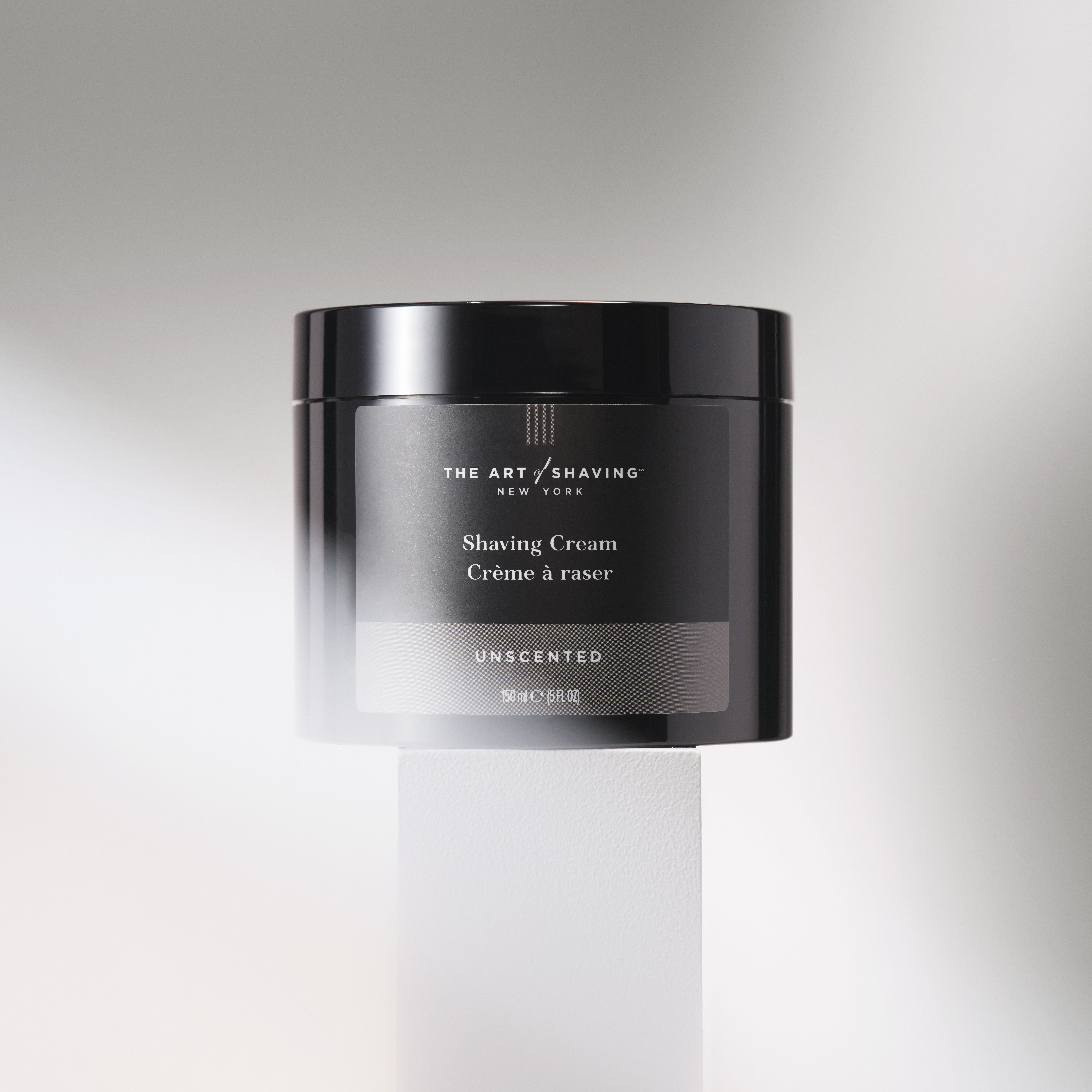How To Use Shaving Cream | The Art of Shaving

APPLYING SHAVING CREAM
PREVENT SKIN IRRITATION AND RAZOR BURN
LEARN HOW TO LATHER UP!
Lathering up is the 2nd step in The Art of Shaving's trademarked 4 Elements of the Perfect Shave™ (right after applying Pre-Shave Oil). Our Shaving Creams are clinically and dermatologically tested for sensitive skin and are crafted with a high concentration of glycerin to provide hydration during the shave. They help protect skin from irritation and razor burn by creating a rich lather that improves razor glide. Plus, a little goes a long way — just a fingerful is needed to prep your entire face. Watch the video for tips and tricks on how to properly apply our Shaving Cream from John Rivera, one of our very own Master Barbers.
